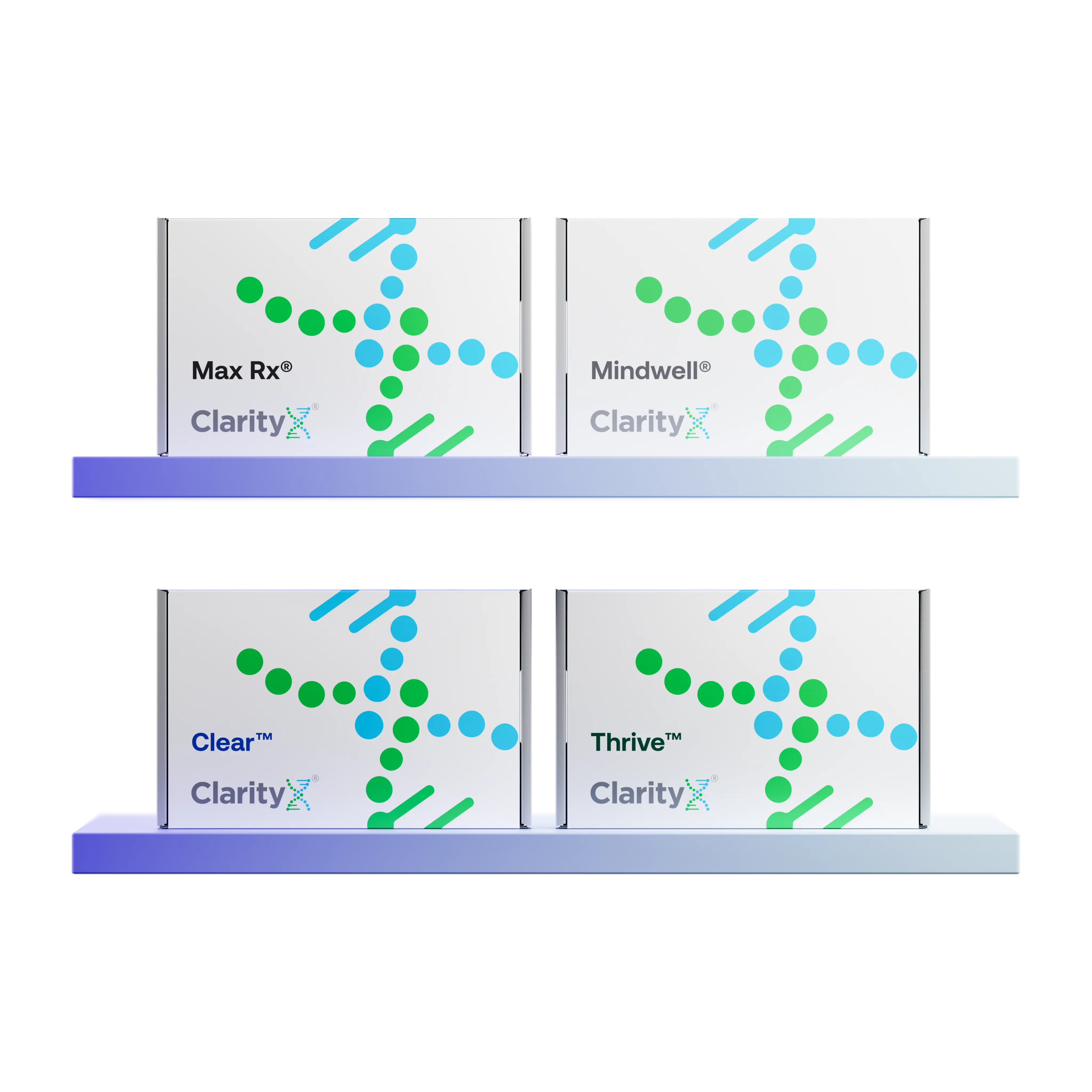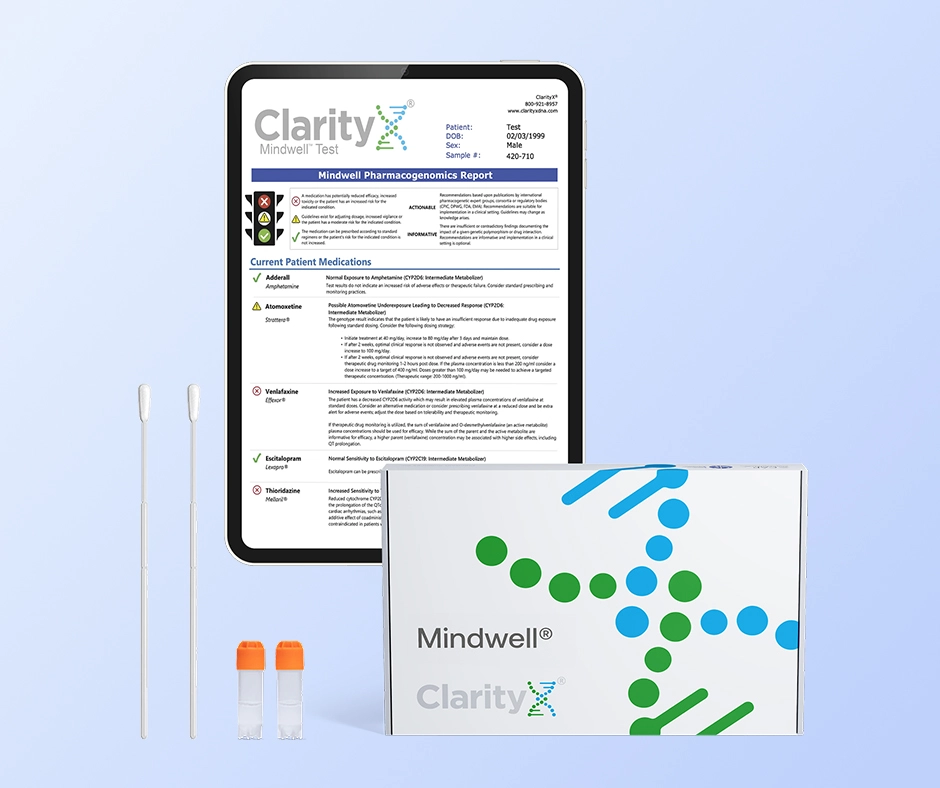Key Highlights
- Ingrezza is a prescription medication that helps adults manage movement disorders, such as tardive dyskinesia and chorea linked to Huntington's disease.
- You might need to wait a few weeks to notice improvements with Ingrezza. For tardive dyskinesia, it may take up to 32 weeks to feel the full effects.
- The dosage of Ingrezza is customized for each individual. It typically begins at a lower amount and may increase as necessary.
- Common side effects include fatigue, sleepiness, dry mouth, and constipation.
- It's very important to tell your doctor about all the medications you're using. This includes over-the-counter drugs and supplements. Ingrezza could interact with some of them.
Introduction
If you or a loved one has been prescribed Ingrezza (valbenazine) for tardive dyskinesia or chorea associated with Huntington’s disease, it’s completely natural to wonder when the symptoms might start to improve.
Movement disorders can significantly affect daily life, and starting a new treatment often comes with a mixture of hope and uncertainty. In this article, we’ll take a closer look at how Ingrezza works, when most people begin to notice changes, and what factors can influence how it is processed in the body.
Understanding Ingrezza and Its Primary Uses
Ingrezza, known as the drug valbenazine, is a prescription medication approved by the Food and Drug Administration (FDA). It is designed to help reduce involuntary movements caused by tardive dyskinesia and chorea resulting from Huntington’s disease. Importantly, Ingrezza carries a boxed warning, the most serious type of warning, regarding the risk of depression and suicidal thoughts in patients with mental health conditions. Unlike some other medications, Ingrezza does not work instantly. Instead, its effects develop slowly over time.
Due to its mechanism, patients should understand the timeframe for experiencing the benefits of Ingrezza. The response to the medication varies for each individual. It’s essential to be patient and maintain communication with your doctor throughout this process.
Overview of Ingrezza as a Neurological Treatment
Ingrezza is a type of medicine known as a vesicular monoamine transporter 2 (VMAT2) inhibitor. This treatment affects the brain's complex communication system. Its mechanism of action aims to reduce involuntary movements. Ingrezza is effective for managing tardive dyskinesia, a condition characterized by repetitive, jerky motions.
As a VMAT2 inhibitor, Ingrezza helps maintain a balance of certain chemicals, such as dopamine, in the brain. Excess dopamine in specific areas can lead to the involuntary movements associated with tardive dyskinesia.
By focusing on this balance, Ingrezza helps create a more stable chemical environment in the brain. This can reduce the frustrating motor symptoms associated with the condition. It demonstrates how understanding the brain's functions can lead to improved treatments for challenging neurological issues.
How Ingrezza Affects Neurological Pathways
To understand how Ingrezza works, it’s helpful to examine how the brain communicates. Think of these communication pathways as networks that help nerve cells send and receive signals. These signals are managed by neurotransmitters like dopamine. They control things such as our movements and feelings.
In problems like tardive dyskinesia and Huntington's disease, too much dopamine in certain parts of the brain interferes with these important pathways. This leads to the uncontrolled movements seen in these conditions.
Ingrezza helps by adjusting the activity of a protein called VMAT2, which packs and releases dopamine. By lowering the extra release of dopamine, Ingrezza brings balance back to these pathways. This helps reduce involuntary movements.
Key Indications for Ingrezza Therapy
Ingrezza is used to treat two main neurological issues: tardive dyskinesia and chorea associated with Huntington's disease. Both these conditions cause involuntary movements, but their causes are different.
Tardive dyskinesia usually appears after using certain antipsychotic drugs for a long time. These drugs are given for issues like schizophrenia and bipolar disorder. The movements often affect the face, tongue, and arms.
Chorea, often seen in Huntington's disease, comes from a genetic change. This leads to the gradual death of nerve cells in the brain, which causes uncontrolled, dance-like movements. Ingrezza is able to help manage involuntary movements associated with both types of disorders.
Initial Response Time and Efficacy
The time it takes for people to notice effects from Ingrezza may vary. Most people will start to feel a response within the first few weeks of treatment. However, keep in mind that this early response can be small and gradually build up. So, don't lose hope if you don't see big changes right away.
It's very important to talk regularly with your doctor during this time. Sharing how you feel, including any good changes or worries, helps them adjust your dose if needed. This way, you can stay on the right path for the best results.
Typical Timeline for Observing Benefits
Many people start to see small improvements in the first few weeks of treatment. These early benefits of Ingrezza may manifest as fewer or less intense involuntary movements. For some, it feels like a ray of hope, indicating that the medicine is beginning to work.
By the sixth week of treatment, many notice more changes. Remember that everyone reacts differently, so it's important to stay in touch with your healthcare provider during this time.
Ongoing improvement may occur when you continue using Ingrezza over several months. This slow but steady growth shows that having patience is key and sticking to the treatment plan is very important.
Factors Influencing Onset of Action
Several factors can impact how quickly Ingrezza begins to work. These include differences in metabolism, any other medical conditions, and the dosage of Ingrezza prescribed.
Different groups of patients can process medications at different rates. This can change how fast Ingrezza is able to reach and maintain effective levels in the body. Also, other health conditions can affect how well the medication works. This is why a full medical assessment is important before starting Ingrezza.
The dose of Ingrezza is adjusted carefully based on each patient's response to it. Starting with a lower dose and slowly increasing it helps doctors improve results while reducing the chance of side effects.
Side Effects of Ingrezza
Ingrezza can be very helpful for managing involuntary movements, but it’s often monitored fairly closely over time to ensure it remains safe. Let’s explore some of the common side effects.
Commonly Reported Side Effects
Common side effects of Ingrezza include:
- Drowsiness
- Fatigue
- Skin rash
- Nausea
- New or worsening depression
Some side effects may improve as your body adjusts to the medication, but it’s important to let your healthcare provider know if you experience any effects that persist or worsen.
Mood is often monitored relatively closely over time in individuals taking Ingrezza. This is because it has been associated with depression and a higher rate of suicidal thoughts and actions. It’s critical to ensure ongoing non-judgmental support throughout therapy.
Severe Adverse Reactions
In rare cases, Ingrezza has been associated with conditions like cardiac arrhythmias and Neuroleptic Malignant Syndrome (NMS).
Ingrezza can increase the QT interval (a measurement observed on an echocardiogram), which can increase the risk of heart arrhythmias. This risk is further increased if you have a history of previous arrhythmias or are taking other medications that also increase the QT interval. It’s important to talk about your full medical history with each of your healthcare providers.
Neuroleptic malignant syndrome is caused by changes in the balance of dopamine activity. Ingrezza affects dopamine activity directly and can increase the risk of developing the syndrome. NMS can cause confusion, muscle rigidity, and high fever. While rare, if these symptoms arise, it’s critical to seek emergency care immediately.
Dosage Guidelines for Optimal Outcomes
Getting the right dosage of Ingrezza is important. It helps you get the best results and reduces the chances of side effects. Each person reacts differently to medicine, so adjusting the dosage just for you is key.
Usually, treatment starts with a low dose. This dose is slowly increased until it provides the desired results. Your doctor will look at different things like your medical history, how serious your symptoms are, and how well you handle the medicine.
Recommended Starting Dosages and Adjustments
The starting dose of Ingrezza is usually 40 milligrams taken once a day for a given drug. You can take it with or without food. This dose helps your doctor see how your body reacts to the medicine.
After about a week or two, your doctor may slowly increase the dose, depending on your condition and how you respond to the treatment. Changes to your dosage are made step by step to give time to see how you feel and to adjust as needed. Some factors may cause the maximum dosage to be limited to 40 mg, including variable metabolism rates. For instance, individuals with reduced CYP2D6 enzyme activity (whether due to reduced liver function or genetics) may be more susceptible to side effects and can be limited to 40 mg to ensure safety.
The goal is to find a good balance. This means achieving the best results while minimizing side effects. It's important to discuss openly with your healthcare provider during this time, as sharing your thoughts helps them determine the right dosage of Ingrezza for you.
Interactions with Other Medications
Ingrezza, like many medications, can interact with other drugs in different ways. These interactions can increase your risk of side effects from Ingrezza, make it more or less effective, cause unexpected side effects, or change how the other drugs work.
Common interactions occur with medications that are broken down by specific liver enzymes, particularly CYP2D6 and CYP3A4. These enzymes play a crucial role in breaking down and eliminating many drugs from the body. If you take medications that change how these enzymes work, you may need to adjust your dosage or try a different drug.
Many medications across a wide variety of classes can impact CYP metabolic activity (and some foods as well, e.g., grapefruit), so it’s vital to talk with your healthcare providers about all the prescription medications and over-the-counter products you use to ensure they can be used safely together.
Guidelines for Safe Co-administration
When using many medicines, including potential drug combinations, it is very important to make sure they can safely be taken together. The absence of warnings regarding possible drug interactions is crucial, and you need to find ways to reduce risks while getting the best results for your health.
The first step is to share your full list of medicines, like over-the-counter drugs and supplements, with your healthcare providers. They can check for any drug interactions, change the dosages if needed, and watch for any adverse effects.
It is not a good idea to self-treat or change your medication doses without talking to your doctor first. By working together with your healthcare provider and following their advice, you can help ensure your safety is being prioritized.
Monitoring and Managing Long-Term Therapy
To manage long-term therapy with Ingrezza successfully, it’s helpful to be proactive. This means maintaining regular contact with your healthcare provider. Open communication helps ensure that the treatment is effective and any issues can be addressed promptly.
Regular Check-ups and Tests
Regular check-ups are crucial for managing your long-term Ingrezza therapy. These visits allow your doctor to assess your progress, evaluate whether the medication is effective, and discuss any concerns or side effects you may experience.
During these appointments, your doctor might suggest certain medical tests. These tests help your doctor monitor your overall health and see how Ingrezza is affecting your body. Some tests may include blood tests to check liver and kidney function, along with other important health factors.
Keeping track of your health through regular check-ups and necessary medical tests ensures that Ingrezza remains a safe and effective treatment for your condition. It also helps identify any side effects or drug interactions early on, leading to a better long-term treatment experience with your insurance plan.
When to Consider Therapy Modification
Ingrezza is a beneficial medicine for many people. However, certain situations might necessitate altering your treatment. If you experience bothersome or persistent side effects, it’s wise to consult your doctor.
If you feel that the medicine is not working effectively or if your symptoms return, you should consult a healthcare professional about potential options. Other times to consider a change include when you are pregnant, breastfeeding, or if you have new medical conditions.
Changing your therapy should always be done with the help of your healthcare provider. Talking openly about your concerns, other treatment options, or changes in dosage will help make sure your treatment fits your needs.
Conclusion
Ingrezza doesn’t work instantly, but many people begin to notice improvements in involuntary movements within about 2–4 weeks of starting treatment. As the medication is continued, further progress may be experienced over time. Staying consistent with the medication and maintaining regular appointments with your healthcare providers can help ensure you remain on the right track.
Lastly when considering treatment options like Ingrezza your genetics can also play a vital role in determining which medications will be best suited for you. A simple test can help reduce the trial and error process associated with finding the right medication. Find out more by visiting www.clarityxdna.com
Frequently Asked Questions
How quickly can improvements be noticed?
Improvements with Ingrezza may start off small. Many people notice a slight response within a couple of weeks. However, greater improvements often become clearer over time.
Are there any long-term health risks associated with Ingrezza?
Long-term research on Ingrezza is ongoing. Currently, studies do not indicate any serious long-term health risks. However, it’s crucial to discuss any potential long-term concerns with your healthcare provider. This discussion will help you make a well-informed decision.
Can Ingrezza be used concurrently with other neurological medications?
In some cases, yes, but Ingrezza can affect how other medications work. It’s important to tell your doctor about all the medicines you are using. This helps reduce drug interactions and makes sure you receive safe and effective treatment.
What steps should be taken if side effects worsen?
If you notice your side effects getting worse, contact your health care provider right away to discuss your next dose. They can help you manage these side effects and decide if you need further tests or changes to your treatment.
How does alcohol consumption affect Ingrezza's efficacy?
It is not a good idea to mix alcohol with Ingrezza. Alcohol can affect how Ingrezza works. This may lead to more side effects or make the medicine less effective.
References
https://dailymed.nlm.nih.gov/dailymed/drugInfo.cfm?setid=4c970164-cafb-421f-9eb5-c226ef0a3417
https://pmc.ncbi.nlm.nih.gov/articles/PMC8801818/
https://www.ncbi.nlm.nih.gov/books/NBK448207/
https://www.ncbi.nlm.nih.gov/books/NBK609326/
https://clarityxdna.com/blog/learn/beginners-guide-to-understacyp3a4-drug-metabolism/
https://clarityxdna.com/blog/learn/cyp2d6-gene-plays-major-role-drug-metabolism/






